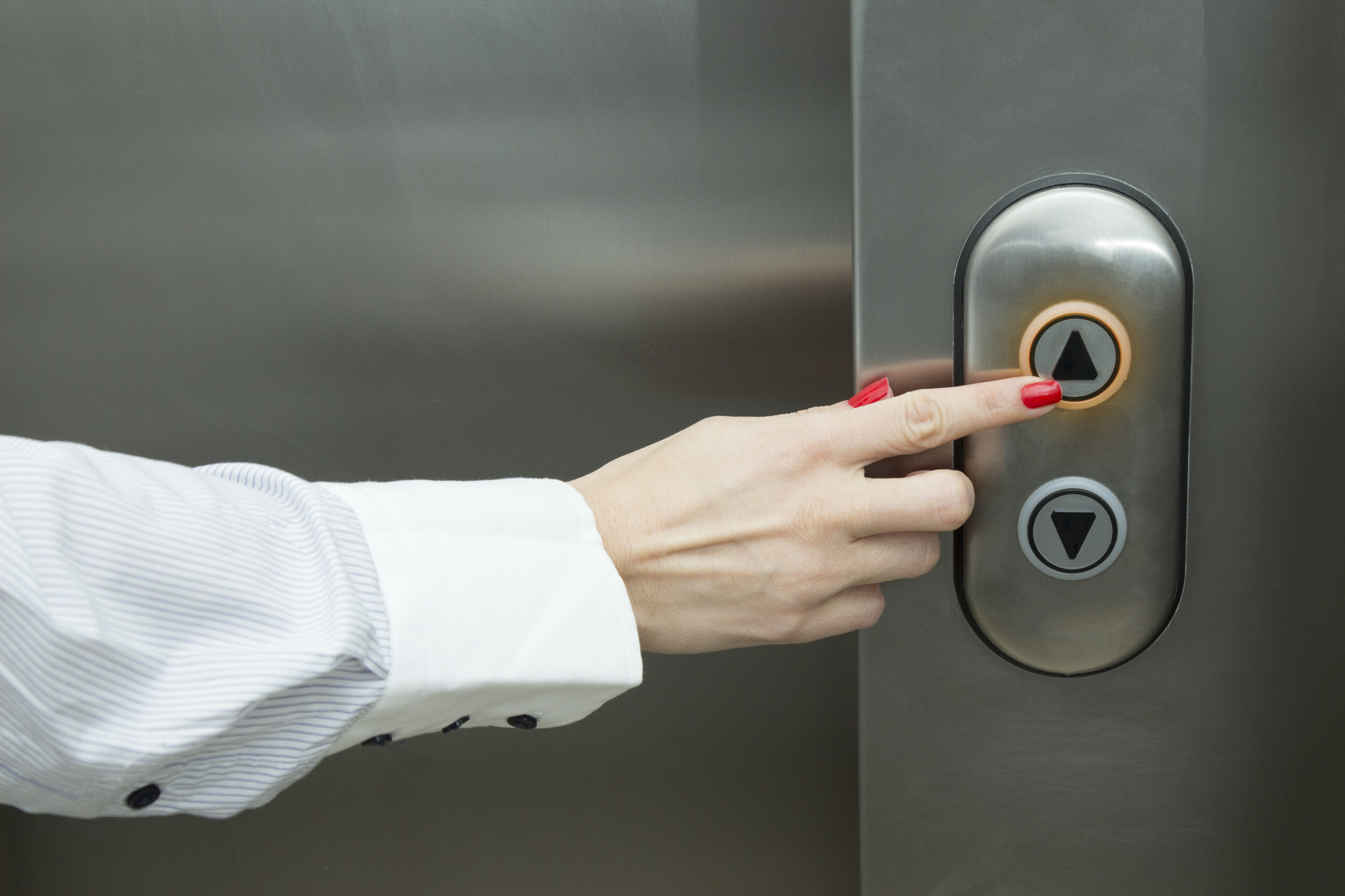Deciphering the Intricacies of Lift Innovation: Troubleshooting Common Problems Throughout Lift Versions
From slow procedure problems to peculiar noises originating from the machinery, repairing common issues across various lift designs demands an eager eye for detail and an organized strategy. Remain tuned as we browse through the maze of lift malfunctions, seeking remedies to the enigmatic issues that can interrupt the smooth functioning of these vital devices.
Determining Slow Operation Issues

Following, examine the electrical links to guarantee that all components are properly connected and operating. Malfunctioning electrical wiring or loose links can lead to slow down operation or complete malfunction of the lift system. Furthermore, it is vital to examine the control system to determine if the problem depends on the programs or sensing units.
If the visual evaluation and electrical checks do not reveal the origin of the slow-moving procedure, more analysis examinations might be required. These might consist of pressure tests for hydraulic systems, voltage tests for electric elements, or running diagnostic software for the control system. repair and maintenance services. By complying with a methodical strategy to repairing sluggish operation problems, you can effectively determine and settle the trouble, making sure the lift runs safely and efficiently
Dealing With Weird Noises
To efficiently troubleshoot lift innovation for odd sounds, an extensive examination of the lift elements following the identification of sluggish operation concerns is essential. Odd sounds in lifts can be a sign of underlying troubles that need punctual focus to make sure the safety and integrity of the system. Usual sources of odd sounds in lifts include worn-out or misaligned sheaves, harmed electric motor bearings, broken or loosened suspension ropes, and malfunctioning control systems. When dealing with strange noises, it is vital to carry out an organized inspection of these parts to determine the specific reason for the noise accurately. This might involve looking for any noticeable indications of deterioration, checking the performance of electric motor bearings, tightening up loose connections, and lubricating moving parts as required.
Furthermore, it is crucial to describe the lift supplier's maintenance standards and look for assistance from certified specialists when managing intricate lift parts or unfamiliar troubleshooting treatments. By promptly fixing and dealing with unusual noises underlying issues, lift drivers can guarantee the optimal performance and security of the lift system for passengers and drivers.
Handling Faulty Control Troubles
An effective technique for resolving defective control issues in lift technology involves carrying out a detailed assessment of the control system's components and capability. When running into issues with lift controls, it is vital to very first look for any loose connections, harmed wiring, or malfunctioning sensing units. Verifying that all control keypads, displays, and switches are working correctly is also necessary in detecting the trouble precisely.
If no visible problems appear, specialists should proceed to inspect the control board for any kind of indications of water deterioration, damages, or getting too hot, as these can usually lead to control breakdowns. Furthermore, resetting the control system or updating the software may aid settle specific glitches or pests causing the problem.

Taking On Hydraulic System Malfunctions
The efficiency of hydraulic systems in lifts counts greatly on the proper functioning of various parts within the system. When hydraulic systems breakdown in lifts, it can lead to operational disturbances and safety and security worries.
In addition, abnormalities in hydraulic fluid degrees or uncommon noises during lift operation might indicate underlying system malfunctions that call for instant interest to prevent additional damages. Regular maintenance and prompt troubleshooting of hydraulic system concerns are vital to ensuring the secure and reliable procedure of lift technology.
Dealing With Electrical Element Failings
Dealing with electric part failures in lift innovation demands a systematic technique to detecting and dealing with concerns to preserve operational functionality and security criteria. When experiencing electric issues in lift systems, it is critical to very first conduct a we maintain lifts thorough assessment of the electrical we maintain lifts components, including control panels, wiring, sensors, and circuit card. Any indications of damage, rust, loose links, or charred elements must be meticulously noted and resolved without delay to stop further problems.
In the case of electrical element failings, it is necessary to adhere to maker guidelines for repairing and repair work procedures. This might include checking the components using multimeters, oscilloscopes, or other diagnostic tools to pinpoint the exact resource of the malfunction. Additionally, having a detailed understanding of the lift's electric schematics and wiring diagrams can aid in identifying and rectifying issues efficiently.
Regular maintenance and examination routines can assist avoid electrical failures by finding potential concerns at an early stage. Appropriate training for lift technicians on electric systems and parts is also essential to make certain exact diagnosis and reliable resolution of electrical problems, eventually adding to the overall security and integrity of lift procedures.
Conclusion
In final thought, troubleshooting lift technology requires a methodical technique to recognize and address common problems such as sluggish operation, odd noises, faulty controls, hydraulic system malfunctions, and electrical component failings. By understanding the complexities of lift technology and adhering to appropriate fixing steps, technicians can successfully deal with problems and make certain the efficient and risk-free procedure of lifts throughout various models.
To effectively fix lift modern technology for strange sounds, an extensive exam of the lift components following the identification of slow operation issues is important. Odd sounds in lifts can be a sign of underlying issues that require punctual focus to make sure the safety and security and dependability of the system.A reliable method for dealing with defective control problems in lift innovation entails conducting a thorough assessment of the control system's components and functionality.The efficiency of hydraulic systems in lifts relies heavily on the lift repair near me appropriate functioning of various parts within the system. repair and maintenance services. When coming across electrical troubles in lift systems, it is crucial to initial carry out a comprehensive assessment of the electrical elements, including control panels, circuitry, sensing units, and circuit boards